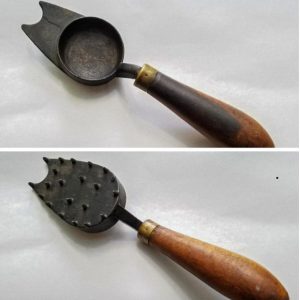Step into any well-organized kitchen in the 1960s or 70s, and you’d probably find a stack of brightly colored containers with floral-embossed lids sitting proudly on the counter or neatly arranged in a cabinet. These weren’t just any containers—they were vintage Tupperware, and for millions of families, they were a symbol of modern living, homemaking pride, and culinary convenience. If you’re old enough, the sight alone will stir memories of after-school snacks, leftovers from Sunday dinner, and perhaps even a neighbor’s Tupperware party.
Let’s take a walk down memory lane and rediscover what made these plastic wonders a beloved staple in households across the world.
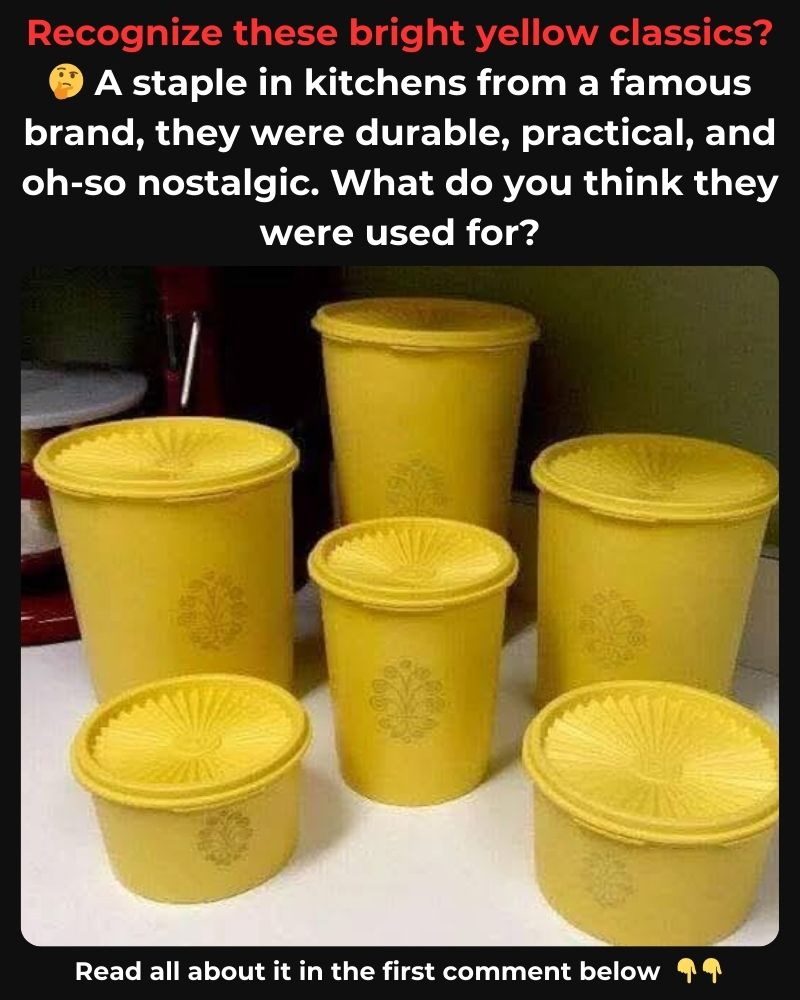
The Birth of Tupperware: A New Era in Food Storage
The journey of vintage Tupperware began in the 1940s when Earl Tupper invented an airtight, lightweight plastic container that could keep food fresher for longer. But innovation alone doesn’t guarantee success. The real game-changer came when the company embraced a groundbreaking marketing model—direct sales through Tupperware parties.
Suddenly, housewives became sales agents. Kitchens turned into showrooms. Tupperware wasn’t just something you bought—it was something you demonstrated, shared, and celebrated. And it worked. By the 1950s and 60s, the brand had exploded in popularity, and the iconic containers were becoming essential tools in the modern kitchen.
Video: Tupperware Commercials 1983 You’re in the Company of Friends
Why Every Kitchen Had Tupperware in the 60s and 70s
Why did Tupperware become such a massive hit? The answer lies in its perfect mix of practicality and design. These containers were durable, reusable, and stackable. They offered a tighter seal than metal tins or glass jars, meaning food stayed fresher, longer.
But it wasn’t just about function. Tupperware was fun to look at. Bright colors like sunshine yellow, burnt orange, and avocado green made them cheerful additions to the kitchen. The designs were sleek, almost futuristic, and each piece was carefully crafted to serve a specific purpose—from cereal storage to snack trays to sandwich holders.
Owning Tupperware meant you were organized, efficient, and—let’s be honest—a little trendy.
The Magic Seal: A Tiny Innovation That Changed Everything
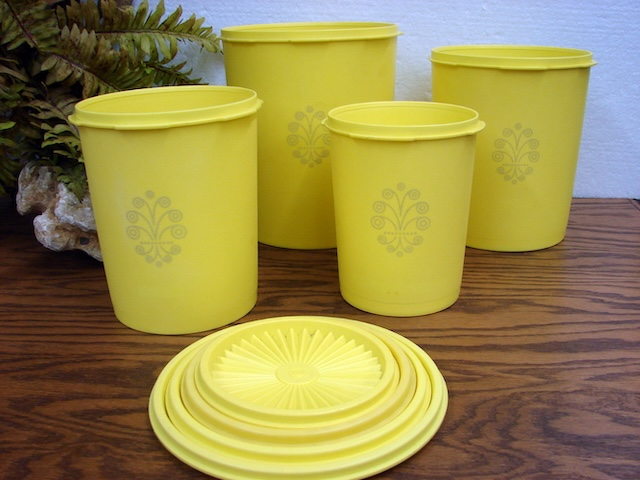
One of the greatest breakthroughs in Tupperware’s design was the patented “burping seal.” If you’ve ever pressed the lid down and heard that satisfying puff of air, you’ve witnessed it in action. This unique feature created an airtight lock that preserved food far better than traditional containers.
Back then, this was revolutionary. Households were moving away from canned goods and embracing the idea of refrigeration. With Tupperware, moms could prep meals in advance and store leftovers without fear of spoilage. It wasn’t just about keeping things fresh—it was about saving time, reducing waste, and making life a little easier.
Tupperware Parties: Where Business Met Sisterhood
Tupperware didn’t just sell containers—it created a culture. Women across the country began hosting “Tupperware parties,” inviting friends over for snacks, conversation, and a little bit of business. These gatherings gave many women their first taste of entrepreneurship.
They weren’t just hosting—they were earning. For many, selling Tupperware was a way to contribute financially to their families without leaving home. It empowered thousands of women to become self-sufficient and confident in ways that were truly ahead of their time.
From Functional to Iconic: Tupperware as a Cultural Phenomenon
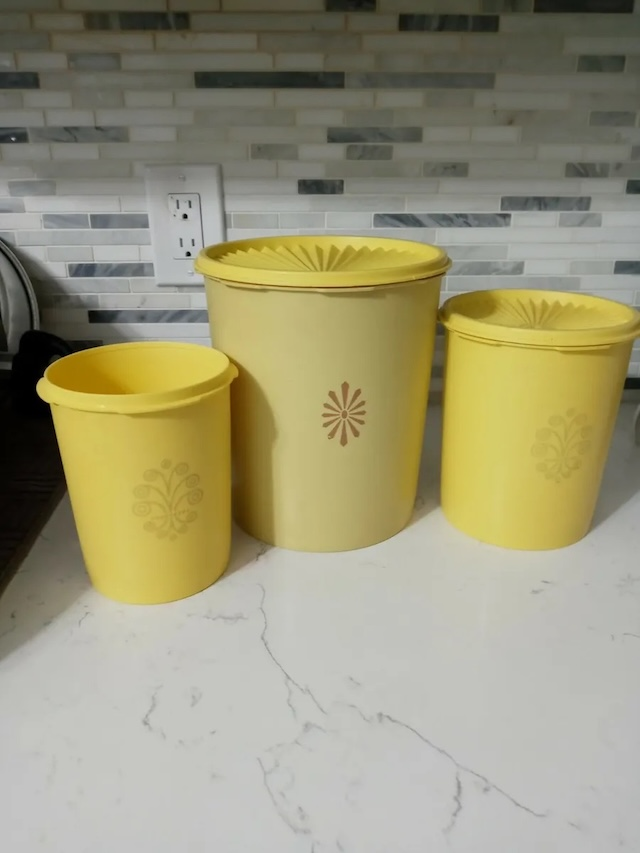
As the years rolled on, Tupperware became more than a kitchen accessory. It was a lifestyle symbol. Having matching sets neatly organized in your cabinets was a point of pride. Kids brought their lunches in Tupperware. Picnic baskets were filled with it. And those floral-lid containers? Instantly recognizable and cherished.
The brand even played into the environmental movement. At a time when single-use packaging was on the rise, Tupperware’s reusability made it a more sustainable option. Families felt good about using it—not just for the practicality, but for the values it stood for.
The Global Boom and Changing Times
By the 1970s, Tupperware had become a global sensation. From Europe to Asia, homes around the world embraced the convenience and reliability of these containers. The company expanded its product lines, introducing new shapes, vibrant colors, and even microwave-safe options.
But like all trends, Tupperware’s golden age eventually began to fade. As competition increased and consumer habits shifted toward newer materials and disposable containers, vintage Tupperware started disappearing from the spotlight. Still, it never truly vanished.
From Forgotten to Collector’s Treasure
Video: Vintage Tupperware Catalog from 1975
Today, vintage Tupperware is experiencing a nostalgic revival. Collectors seek out rare pieces on auction sites, and design lovers admire the retro aesthetic. Some containers are so iconic that they’re displayed in museums dedicated to mid-century design.
More importantly, families are digging through old cupboards and rediscovering the Tupperware their moms or grandmas used. Many are still in perfect condition—a testament to just how well they were made.
A Symbol of a Simpler, Smarter Era
Tupperware wasn’t about being fancy—it was about being smart. It taught a generation how to reduce waste, stay organized, and embrace a new kind of modern living. It gave women a platform to build businesses, a reason to connect socially, and a tool to bring order to their busy homes.
There’s a reason vintage Tupperware still resonates today. It reminds us of a time when everyday items were built to last, and when even something as small as a food container could feel like a little piece of progress.
Conclusion: Tupperware’s Timeless Appeal Lives On
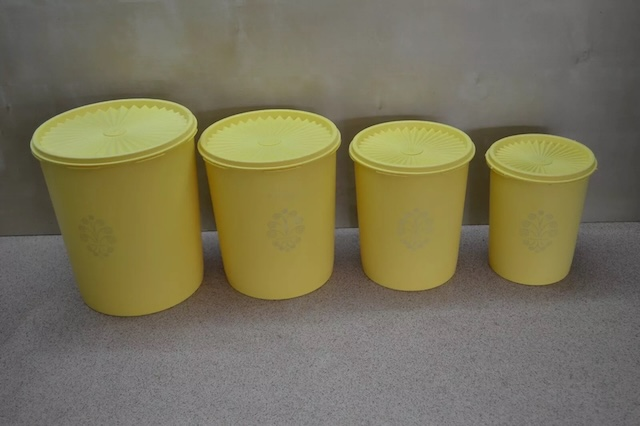
So, do you recognize this iconic item? If you grew up in the era of rotary phones and TV dinners, the answer is probably yes. And even if you’re seeing these retro containers for the first time, you can’t deny their charm and lasting impact.
Vintage Tupperware is more than plastic—it’s a slice of cultural history. It represents innovation, empowerment, and the beauty of simplicity. Whether you’re collecting it, using it, or just remembering it, there’s no denying that Tupperware earned its place in our hearts—and our pantries—for good

